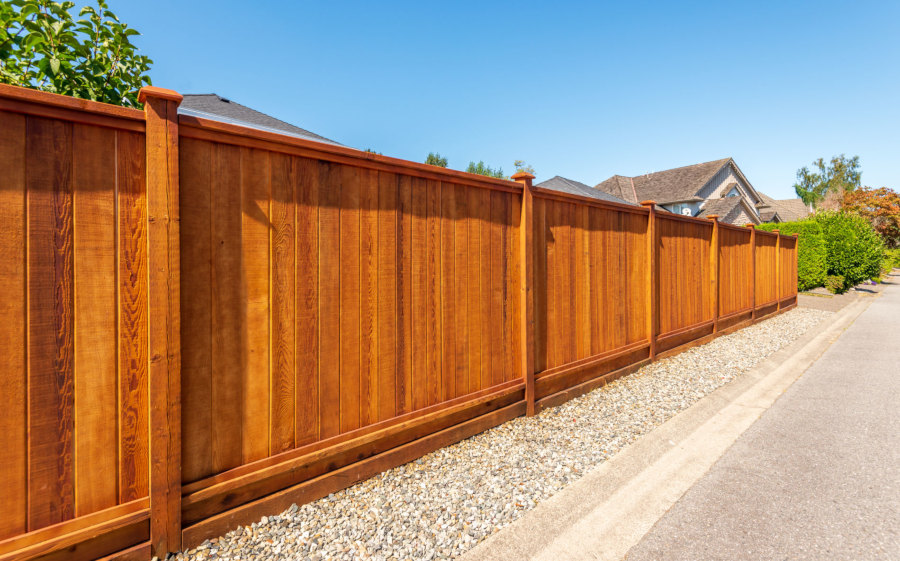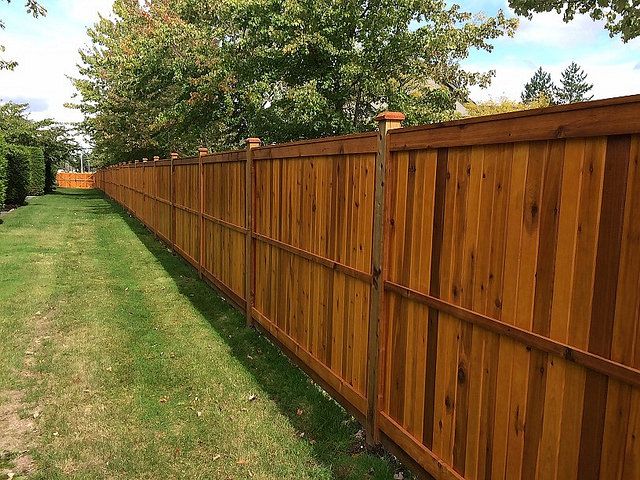Protect Your Surfaces with Concrete Sealing Brentwood
Protect Your Surfaces with Concrete Sealing Brentwood
Blog Article
Just How to Accomplish Specialist Outcomes With Deck Discoloration
In the world of outside maintenance, attaining specialist outcomes with deck discoloration is a job that calls for precision and care. The procedure of changing an aging deck into a revitalized outside space demands a lot more than just a layer of stain; it necessitates a methodical approach and interest to information. From choosing the ideal discolor for your deck's timber type to grasping the application method, each action plays a crucial function in the last outcome. As we begin on this trip to elevate the visual appeals and durability of your outside shelter, recognizing the subtleties of deck discoloration will certainly be the keystone of your success.
Picking the Right Discoloration
Picking the ideal discolor for your deck is an important decision that significantly affects the general appearance and long life of the finish. When picking a tarnish for your deck, it is important to consider both the visual choices and the useful facets of the product. The first factor to consider is whether you favor a clear, semi-transparent, or solid shade discolor. Transparent discolorations permit the all-natural beauty of the timber to show through however provide less UV defense. Semi-transparent discolorations offer a compromise in between color and timber grain visibility while using modest UV security. Strong color spots, on the various other hand, supply the many UV defense and supply a vast array of color choices but will entirely hide the wood grain.

In addition, take into consideration the kind of wood your deck is made of, as different discolorations are created to function best with certain wood types. Understanding the level of maintenance you agree to commit to is additionally crucial, as some discolorations might call for even more regular reapplication than others. By very carefully thinking about these elements, you can pick a discolor that not just enhances the appearance of your deck yet additionally secures it for many years to come.
Preparing the Deck Surface
When thinking about deck discoloration, the preliminary step in the direction of achieving specialist outcomes includes thoroughly preparing the deck surface area. Correctly preparing the deck surface area is vital as it guarantees that the tarnish sticks well and supplies resilient security to the timber. The very first job in preparing the deck surface is cleansing. Utilize a pressure washing machine or a deck cleaner to eliminate dust, mold, and old spots (fence cleaning near me). Allow the deck to dry entirely prior to continuing to the following action.
After cleansing, inspect the deck for any type of harmed or rotten boards. Replace these boards to make certain the structural integrity of the deck. Sanding the deck surface area is additionally vital to ravel any kind of rough areas and open the wood pores for better discolor penetration. Utilize a medium-grit sandpaper to sand the deck in the instructions of the timber grain.
Finally, secure any kind of neighboring plants, furnishings, or surface areas from possible damage by covering them with plastic sheeting or ground cloth. Making the effort to extensively prepare the deck surface area sets the foundation for a successful staining job and makes sure professional-looking outcomes.
Applying the Stain
To achieve an expert surface when staining a deck, precise application of the stain is important. Begin by making certain perfect weather condition problems - a dry day with temperatures in between 50-90 ° F is ideal. deck staining franklin Prior to start, completely mix the discolor to ensure an even uniformity. Utilize a sprayer, brush, or roller , depending on the dimension and ins and out of the deck. Begin using the discolor in the furthest edge from your departure point to stay clear of stepping on freshly tarnished areas. Operate in convenient sections, usually 2-3 boards at a time, moving along the size of the boards to avoid lap marks. Use the stain equally, complying with the wood's grain to boost the deck's natural beauty. Be alert for drips, merging, or uneven insurance coverage, smoothing them out immediately. Enable the initial layer to dry entirely before taking into consideration a 2nd coat if needed. Keep in mind to adhere to the manufacturer's directions concerning drying out times and cleanup. By using the stain thoroughly, you'll attain a professional-looking coating that enhances both the appearance and longevity of your deck.
Making Sure Correct Drying Out Time
Making sure adequate drying time post-staining is essential to the general success of the deck task, as it enables the tarnish to properly establish and bond with the timber surface area. Rushing this stage can cause a range of problems, consisting of uneven coloring, bad attachment, and a much shorter lifespan for the surface. The drying out time called for can differ based on elements such as the sort of discolor made use of, climate problems, and the porosity of the timber. As a basic standard, many deck stains will require at the very least 24-48 hours to completely dry fully.
Throughout this drying out duration, it is important to keep the deck surface without any type of foot web traffic, furnishings, or various other items that might disrupt the surface. Furthermore, it is important to prevent exposure to moisture, such as rain or dew, which can jeopardize the drying process. When lightly massaged, correctly dried tarnish will feel completely dry to the touch and will certainly not leave any type of residue on your fingers. Taking the time to make certain extensive drying will certainly contribute substantially to the durability and look of your tarnished deck.
Preserving Your Stained Deck
Correct maintenance of a tarnished deck is vital for preserving the honesty and appearance of the finish attained through detailed drying - concrete sealing brentwood. To maintain your discolored deck effectively, routine cleansing is necessary. Brush up away debris and dust regularly to avoid discoloration and mold development. Take into consideration using a gentle cleaning agent blended with water to scrub the surface and eliminate any kind of built-up grime. It is a good idea to cleanse your deck at the very least twice a year, ideally in the spring and autumn, to keep it looking fresh and lively.

Verdict
In final thought, achieving specialist outcomes with deck discoloration involves picking the ideal discolor, properly preparing the deck surface, applying the stain equally and constantly, permitting adequate drying out time, and maintaining the stained deck frequently. By complying with these actions very carefully and diligently, you can ensure a beautifully discolored deck that enhances the look and durability of your outside space.

Correct maintenance of a tarnished deck is crucial for protecting the integrity and appearance of the surface attained with detailed drying.
Report this page